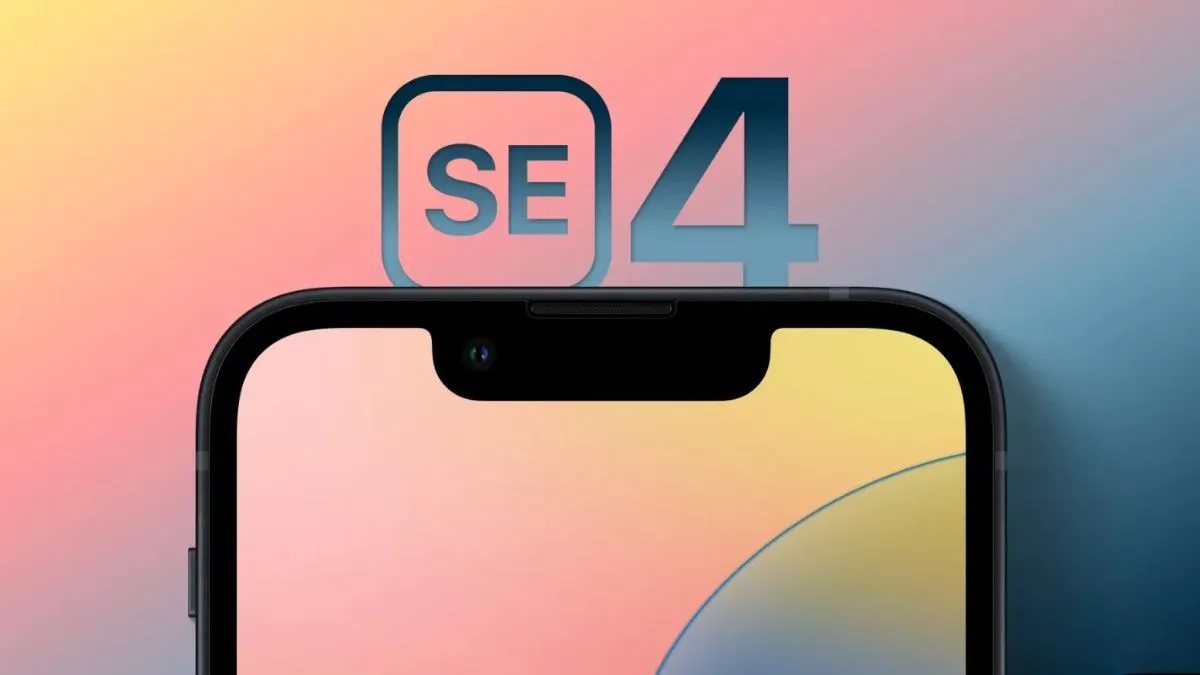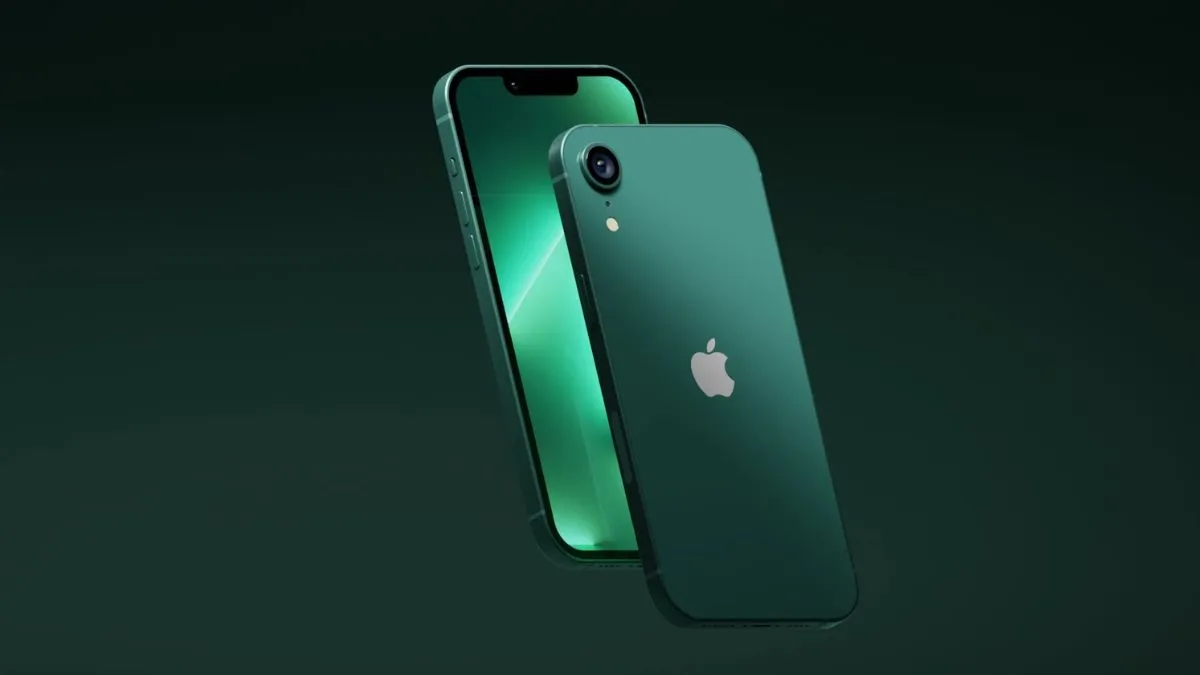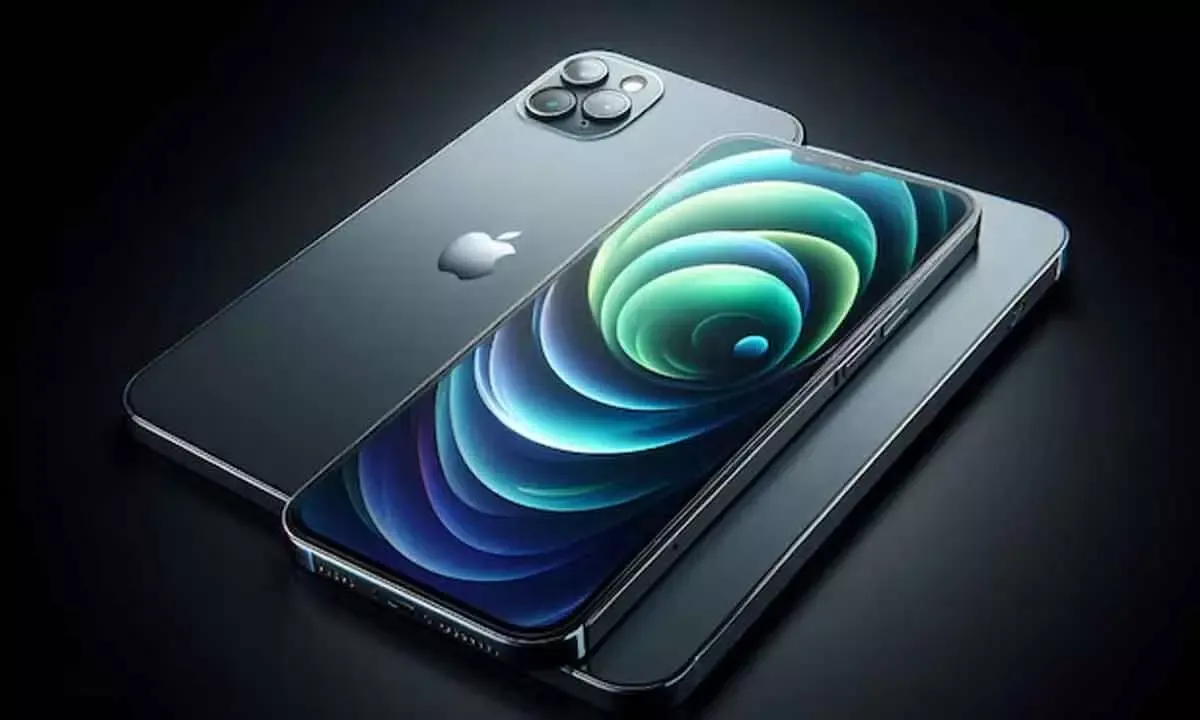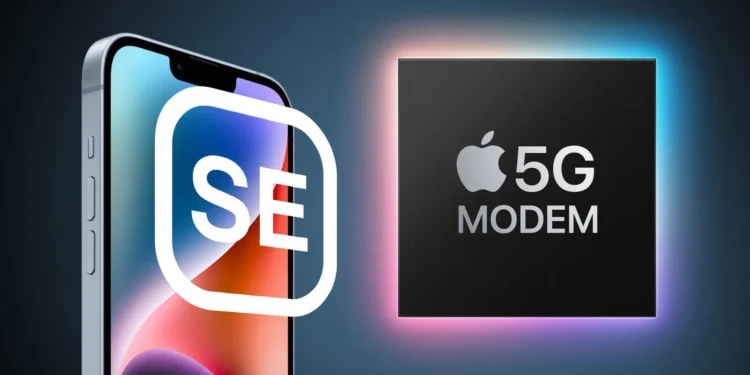In an exciting shift, Apple is reportedly planning a dramatic change to its iPhone release cycle. According to a new report from The Information, the tech giant will split its iPhone launches into two seasons — spring and fall — beginning with the iPhone 18 series in 2026. This change could alter how Apple fans experience new iPhone models, introducing a new rhythm to the annual excitement.

Instead of unveiling all its new iPhones in one go, as has been tradition since the iPhone 5, Apple may release different models in two distinct waves. Supply chain sources speaking to The Information claim that the more expensive Pro models will remain in their usual fall window, while the standard iPhone models will be pushed to spring.
What This Change Means for Apple’s iPhone Strategy
This new schedule marks a significant departure from Apple’s previous approach of dropping all four new iPhone models together in the fall. Apple’s move to stagger releases could be driven by several factors. One likely reason is to make space for potentially new products, such as the highly anticipated foldable iPhone, which has been rumored for years.
By separating the Pro models from the regular iPhones, Apple can build anticipation for each batch. This could make the fall iPhone 18 Pro and iPhone 18 Pro Max releases feel more prestigious, while the spring iPhone 18 base model and the iPhone 18 Slim could cater to a broader, budget-conscious market. Meanwhile, the iPhone 18e, also rumored for a spring 2027 release, might target even more cost-conscious consumers looking for essential features without the premium price tag.
A History of Breaking Tradition: The iPhone SE and Beyond
For those familiar with Apple’s past, this split release strategy isn’t entirely unexpected. While the company has stuck to its fall release schedule for most of its flagship iPhones, there have been hints of breaking from the pattern in recent years. Apple’s introduction of the iPhone SE models, which launched in March and April, has already demonstrated the company’s willingness to introduce new devices outside the usual fall window.

Further, the iPhone 16e’s release in February 2025 was another sign that Apple was not afraid to experiment with timing. This move hinted that Apple could be preparing for a shift in its release strategy, allowing more space to experiment with lower-cost models and different design iterations.
The Impact on iPhone Fans and the Market
If the iPhone 18 Pro series lands first in the fall of 2026, Apple could see an earlier influx of sales for its premium devices, while potentially extending the excitement around the brand throughout the year. With the iPhone 18 base models launching in the spring of 2027, Apple could avoid the fall rush and even capitalize on spring sales as customers begin to look for fresh tech options after the holiday season.
For loyal Apple enthusiasts, this split release could mean more opportunities to upgrade or trade in their devices at different points in the year, spreading out the excitement. But it could also leave them deciding whether to wait for the more budget-friendly models or splurge on the high-end versions that drop earlier.
Looking Ahead: A Potential Foldable iPhone?
The introduction of a foldable iPhone is a long-standing rumor, and this new release strategy could be the perfect setup for such a device. If true, the iPhone 18 Pro series might include the highly anticipated foldable iPhone, which would steal the spotlight during its fall release. Following up with the standard models in spring 2027 could also give Apple enough time to refine and market the foldable device to the masses.

Fans of the foldable phone market have been eagerly waiting for Apple to jump into the space, and the rumored spring 2027 release could position Apple to challenge Samsung’s dominance in the foldable sector.
Apple’s rumored decision to split the iPhone release schedule is a major strategic shift that could shake up the tech world. By separating the premium models from the standard ones, Apple would maintain excitement in the fall while creating new opportunities in the spring. Whether this move leads to the long-awaited foldable iPhone or simply a better-staggered release schedule, one thing is clear: Apple continues to innovate, both in its products and its approach to the market.










